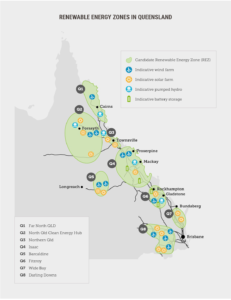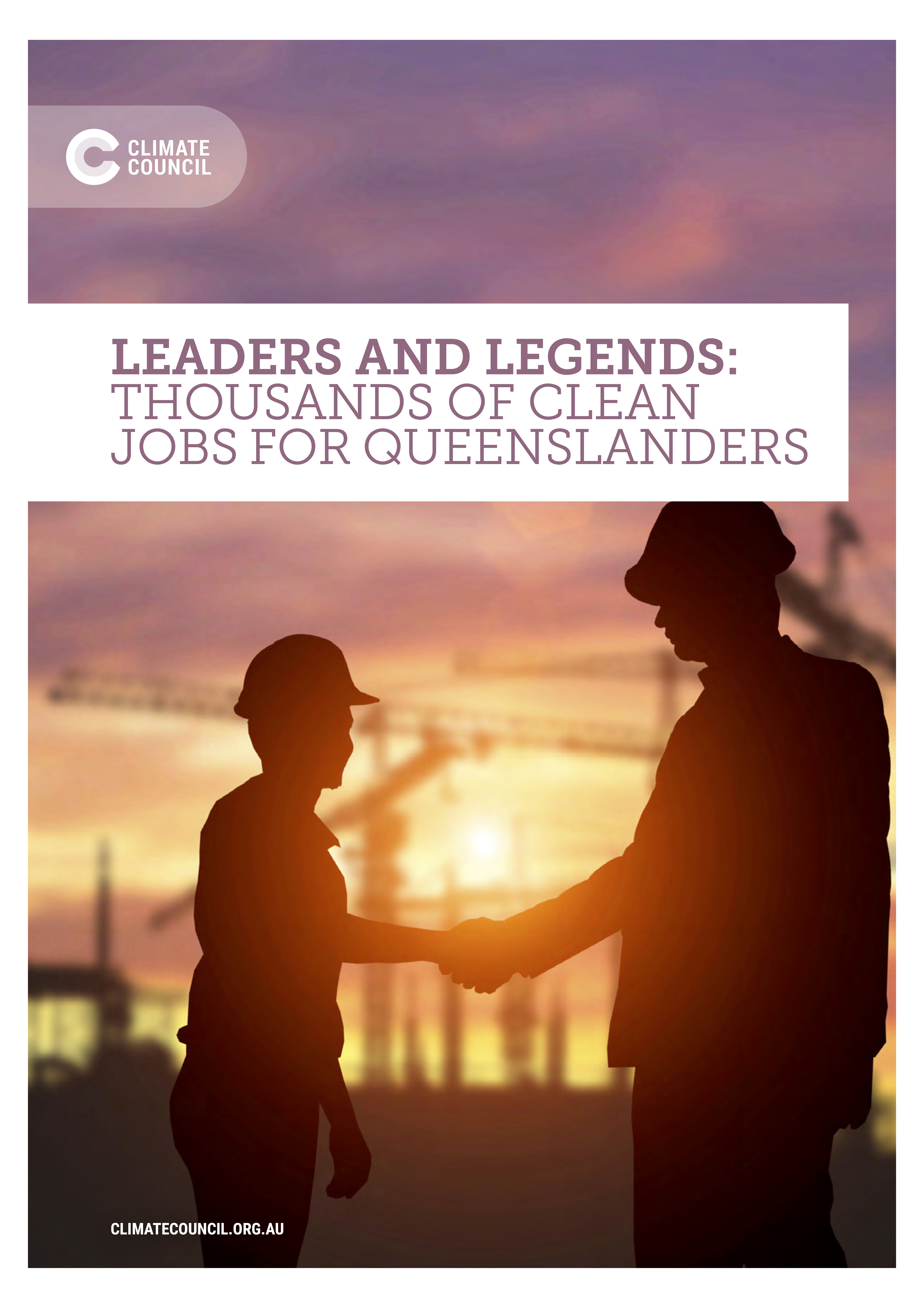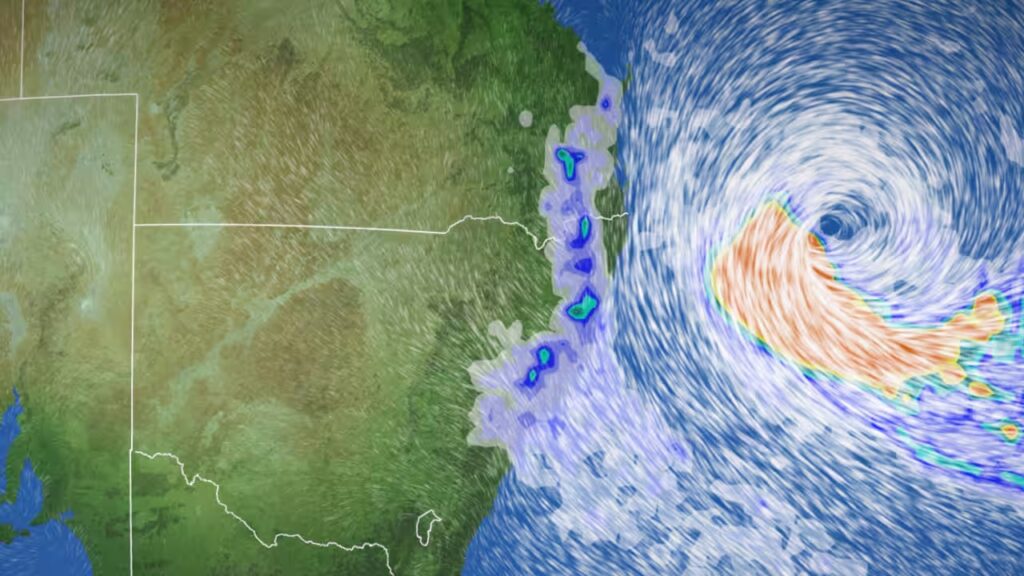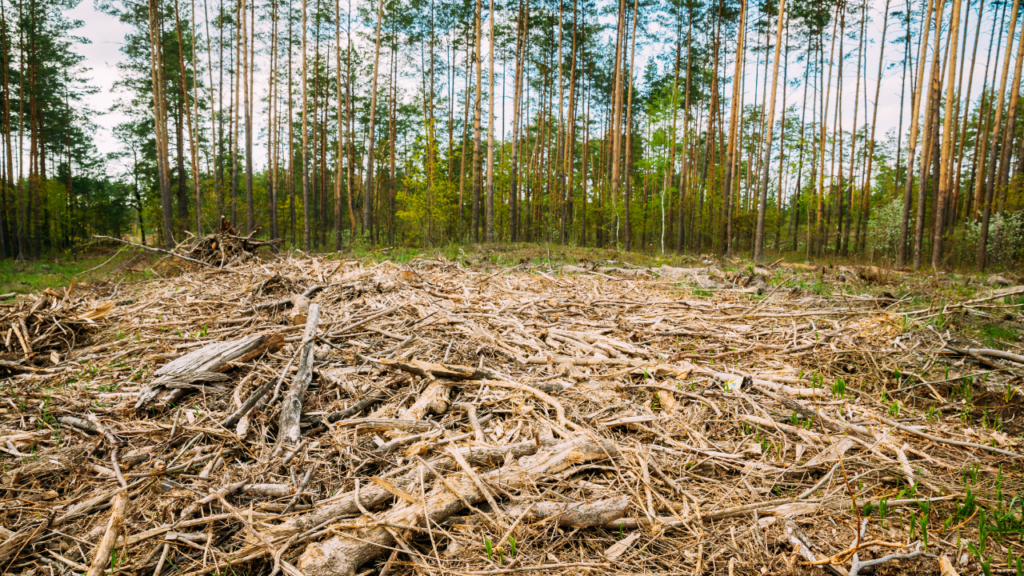Queensland is famous for its sunshine, friendly people and relaxed way of life. But recently, COVID-19 has hit everyone hard. Fortunately, the Sunshine State has the natural resources to become a world leader in renewable energy, as well as in industries such as clean manufacturing, minerals processing and renewable hydrogen – bringing with it tens of thousands of jobs.
The Climate Council’s report ‘Leaders and Legends: Thousands of Clean Jobs for Queenslanders’ finds that accelerating the development of Renewable Energy Zones (REZ) will give Queensland a global competitive advantage in energy-intensive industries, create jobs for Queenslanders, and new export opportunities. And our Clean Jobs Plan has shown that, in the immediate term, 15,000 – 20,000 jobs could be created in Queensland across 12 policy areas.
From Copperstring 2.0 to lithium-ion battery manufacturing, there are so many reasons to be optimistic about Queensland’s economic future as it rebuilds from COVID-19.
Key Findings
1. As Queensland rebuilds its economy from the COVID-19 crisis, it should seize the opportunity to create jobs in renewable energy and the industries it will power.
- Queensland can harness renewable energy for long-term job creation and economic growth because it has excellent solar and wind resources, as well as a skilled industrial workforce.
- Queensland can accelerate the development of renewable energy zones (REZs) across the state, creating a long-term pipeline of jobs in construction and ongoing operations and maintenance jobs.
- The proposed REZs in the Darling Downs and Far North Queensland alone could create up to 2,000 jobs in each region by 2025.
- In the immediate term, the Climate Council’s Clean Jobs Plan has found 15,000-20,000 jobs could be created in Queensland across 12 policy opportunities, including renewable energy.
2. Queensland has the potential to be a clean industrial superpower. Generations of Queenslanders could work in clean industries such as clean manufacturing, mining, minerals processing and hydrogen made from renewables.
- Increasing renewable energy generation brings down power prices, creating a global competitive advantage for Queensland in energy-intensive industries.
- Townsville could become a hub for lithium-ion battery manufacturing and metals processing, and central Queensland could become a clean steel powerhouse, creating 15,000 local jobs by 2050.
- Townsville, Gladstone and Mackay have the skilled workforce and established industrial infrastructure that makes them ideal cities to develop clean industries.
- Electricity prices in South East Queensland are projected to fall by 20% from 2019 to 2022, due in part to the recent boom in renewable energy projects.
3. CopperString 2.0 is a proposed transmission project connecting North West Queensland to the National Electricity Market (NEM), unlocking exceptional wind and solar resources and new opportunities in mining and minerals processing.
- CopperString 2.0 is expected to reduce electricity prices across the region by 40% by connecting North West Queensland to the NEM and enabling more renewable energy projects.
- The North West Minerals Province can become a superpower in new economy mining, providing minerals required for solar panels, wind turbines and batteries. The value of the new economy minerals deposits in the region exceeds $500 billion.
- Construction of CopperString 2.0 is expected to begin in 2021, creating 750 direct jobs over three years. Industrial opportunities unlocked by the project are expected to create an additional 3,560 full-time jobs from Mt Isa to Townsville while generating more than $6 billion in royalties for
- the Queensland Government to 2050.
- Expanding domestic mining and processing of critical minerals also increases Australia’s self-reliance by protecting our supply chains from potential disruption.
4. Renewable energy not only creates jobs, it addresses long term challenges like climate change.
- Climate change is already taking a devastating toll on Queensland. This year saw another mass bleaching event on the Great Barrier Reef, the third in five years. Queenslanders have also suffered from both devastating drought and flooding.
- The 2019/20 fire season was so severe it saw areas of Wet Tropics World Heritage rainforest burn. Damage to the forest from climate change has been declared to be as bad as coral bleaching on the Reef.
- Harnessing renewable energy is essential if Australia is to reduce its greenhouse gas emissions and address the escalating dangers of climate change
“Regional cities like Townsville, Gladstone and Mackay have the skilled workforce, close proximity to excellent renewable resources, and established industrial infrastructure that makes them ideal to develop clean industries.” – Amanda McKenzie, Climate Council CEO
Want to be the first to receive our reports about climate change? Join the Climate Council today.













